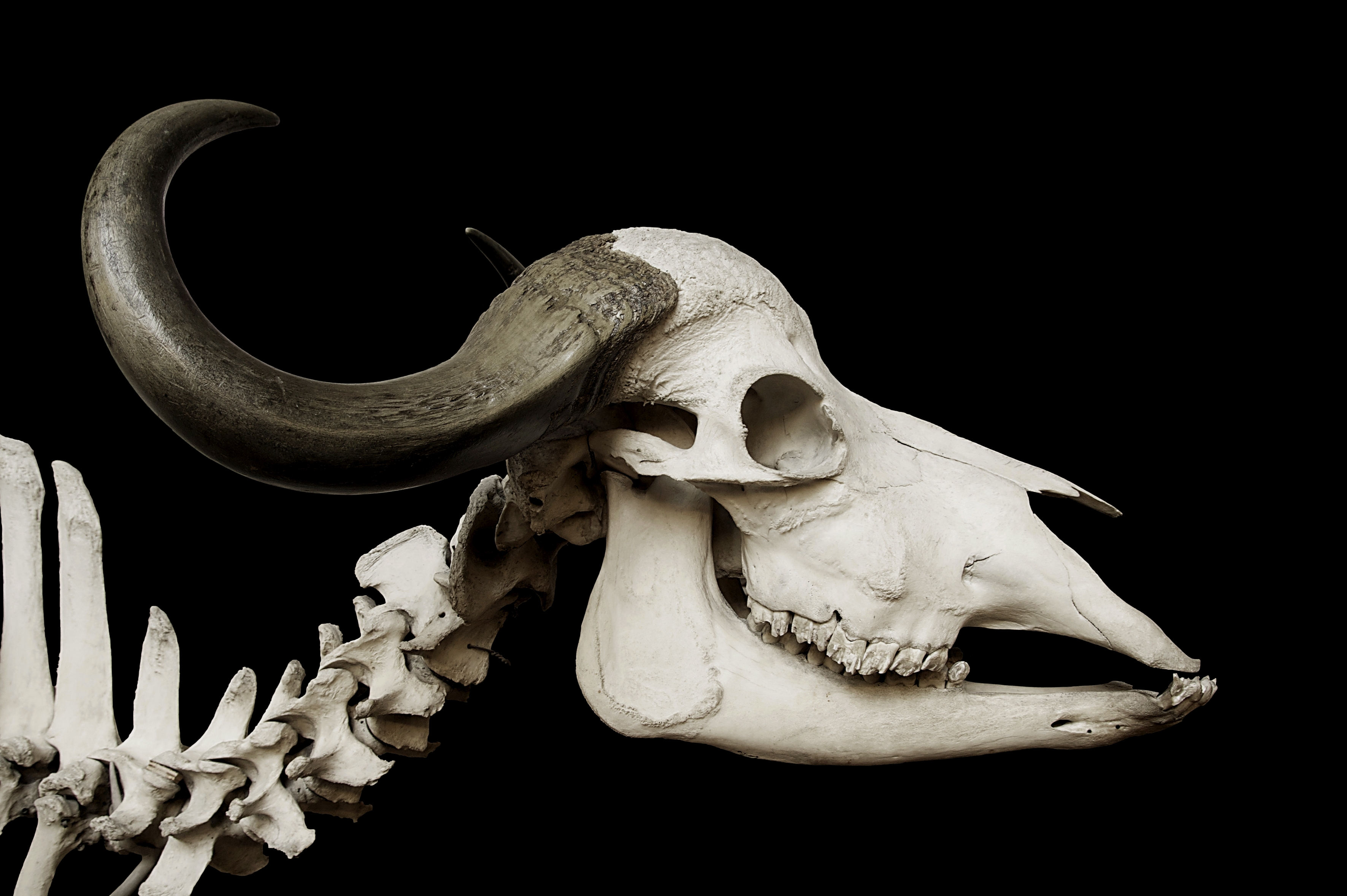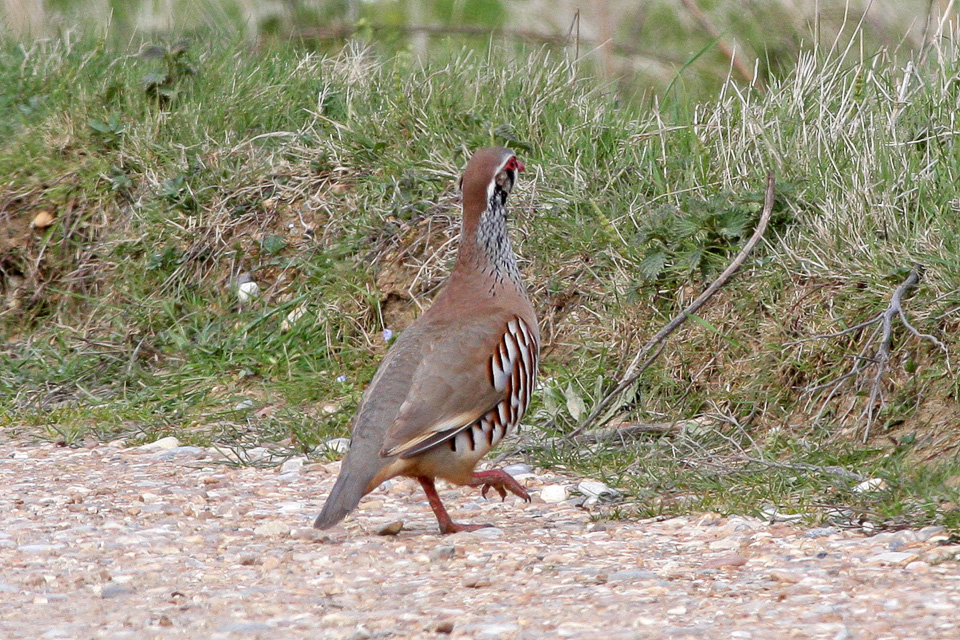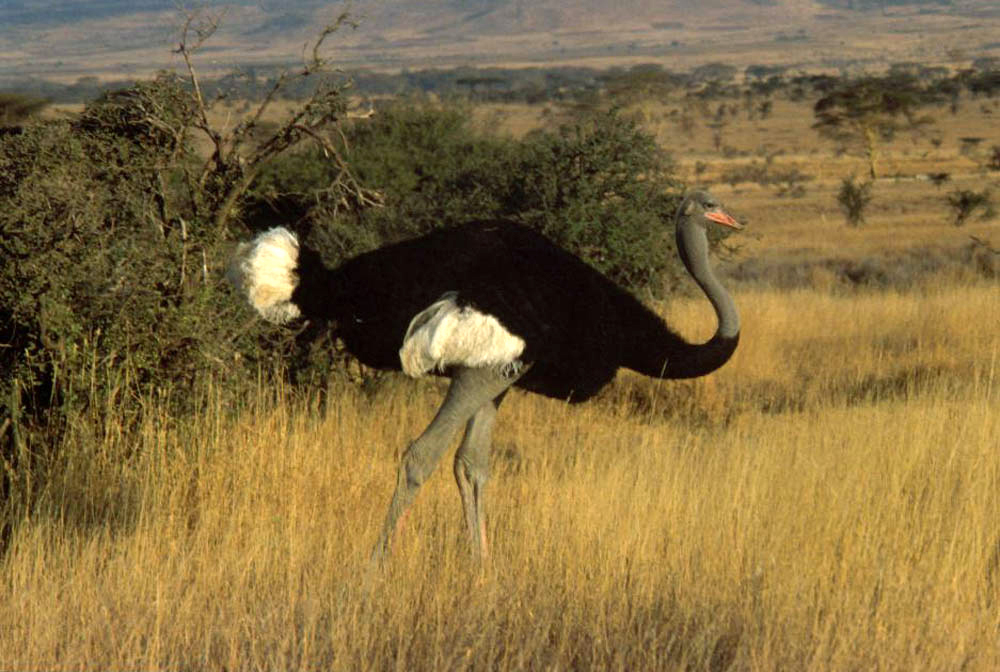|
Animal Genetic Resources For Food And Agriculture
Animal genetic resources for food and agriculture (AnGR), also known as farm animal genetic resources or livestock biodiversity, are genetic resources (i.e., genetic material of actual or potential value) of avian and mammalian species, which are used for food and agriculture purposes. AnGR is a subset of and a specific element of agricultural biodiversity. AnGR could be embodied in live populations or in conserved genetic materials such as cryoconserved semen or embryos. The diversity of animal genetic resources includes diversity at species, breed and within-breed level. Known are currently 8,800 different breeds of birds and mammals within 38 species used for food and agriculture.FAO. 2015The Second Report on the State of the World's Animal Genetic Resources for Food and Agriculture. Section A, p 5. Rome The main animal species used for food and agriculture production are cattle, sheep, goats, chickens and pigs. In the livestock world, these species are often referred to as " ... [...More Info...] [...Related Items...] OR: [Wikipedia] [Google] [Baidu] |
Genetic Resources
Genetic resources are genetic material of actual or potential value, where genetic material means any material of plant, animal, microbial genetics, microbial or other origin containing functional units of heredity. Genetic resources is one of the three levels of biodiversity defined by the Convention on Biological Diversity in Rio, 1992. __NOTOC__ Examples *Animal genetic resources for food and agriculture *Forest genetic resources *Germplasm, genetic resources that are preserved for various purposes such as breeding, preservation, and research *Plant genetic resources *Genetic resources conservation and sustainable use See also *Cryoconservation of animal genetic resources, a strategy to preserve genetic resources cryogenically *Commission on Genetic Resources for Food and Agriculture, the only permanent intergovernmental body that addresses biological diversity for food and agriculture *International Treaty on Plant Genetic Resources for Food and Agriculture, an internationa ... [...More Info...] [...Related Items...] OR: [Wikipedia] [Google] [Baidu] |
African Buffalo
The African buffalo (''Syncerus caffer)'' is a large sub-Saharan African bovine. The adult African buffalo's horns are its characteristic feature: they have fused bases, forming a continuous bone shield across the top of the head, referred to as a "boss". The African buffalo is more closely related to other buffalo species than it is to other bovids such as American bison or domestic cattle, with its closest living relative being the Asian water buffalo. Its unpredictable temperament may be part of the reason that the African buffalo has never been domesticated, which would also explain why the African buffalo has no domesticated descendants, unlike the wild yak and wild water buffalo which are the ancestors of the Yak, domestic yak and water buffalo. Natural predators of adult African buffaloes include lions, African wild dogs, spotted hyenas, and Nile crocodiles. As one of the Big Five game animals, the Cape buffalo is a sought-after trophy in hunting. Description The Afri ... [...More Info...] [...Related Items...] OR: [Wikipedia] [Google] [Baidu] |
Natural Selection
Natural selection is the differential survival and reproduction of individuals due to differences in phenotype. It is a key mechanism of evolution, the change in the Heredity, heritable traits characteristic of a population over generations. Charles Darwin popularised the term "natural selection", contrasting it with selective breeding, artificial selection, which is intentional, whereas natural selection is not. Genetic diversity, Variation of traits, both Genotype, genotypic and phenotypic, exists within all populations of organisms. However, some traits are more likely to facilitate survival and reproductive success. Thus, these traits are passed the next generation. These traits can also become more Allele frequency, common within a population if the environment that favours these traits remains fixed. If new traits become more favoured due to changes in a specific Ecological niche, niche, microevolution occurs. If new traits become more favoured due to changes in the ... [...More Info...] [...Related Items...] OR: [Wikipedia] [Google] [Baidu] |
Neolithic
The Neolithic or New Stone Age (from Ancient Greek, Greek 'new' and 'stone') is an archaeological period, the final division of the Stone Age in Mesopotamia, Asia, Europe and Africa (c. 10,000 BCE to c. 2,000 BCE). It saw the Neolithic Revolution, a wide-ranging set of developments that appear to have arisen independently in several parts of the world. This "Neolithic package" included the History of agriculture, introduction of farming, domestication of animals, and change from a hunter-gatherer lifestyle to one of sedentism, settlement. The term 'Neolithic' was coined by John Lubbock, 1st Baron Avebury, Sir John Lubbock in 1865 as a refinement of the three-age system. The Neolithic began about 12,000 years ago, when farming appeared in the Epipalaeolithic Near East and Mesopotamia, and later in other parts of the world. It lasted in the Near East until the transitional period of the Chalcolithic (Copper Age) from about 6,500 years ago (4500 BCE), marked by the development ... [...More Info...] [...Related Items...] OR: [Wikipedia] [Google] [Baidu] |
Domestication
Domestication is a multi-generational Mutualism (biology), mutualistic relationship in which an animal species, such as humans or leafcutter ants, takes over control and care of another species, such as sheep or fungi, to obtain from them a steady supply of resources, such as meat, milk, or labor. The process is gradual and geographically diffuse, based on trial and error. Domestication affected genes for behavior in animals, making them less aggressive. In plants, domestication affected genes for morphology, such as increasing seed size and stopping the Shattering (agriculture), shattering of cereal seedheads. Such changes both make domesticated organisms easier to handle and reduce their ability to survive in the wild. The first Domestication of animals, animal to be domesticated by humans was the domestication of the dog, dog, as a Commensalism, commensal, at least 15,000 years ago. Other animals, including goats, sheep, and cows, were domesticated around 11,000 years ago. A ... [...More Info...] [...Related Items...] OR: [Wikipedia] [Google] [Baidu] |
Turkey (bird)
The turkey is a large bird in the genus ''Meleagris'', native to North America. There are two extant turkey species: the wild turkey (''Meleagris gallopavo'') of eastern and central North America and the ocellated turkey (''Meleagris ocellata'') of the Yucatán Peninsula in Mexico. Males of both turkey species have a distinctive fleshy wattle, called a snood, that hangs from the top of the beak. They are among the largest birds in their ranges. As with many large ground-feeding birds (order Galliformes), the male is bigger and much more colorful than the female. The earliest turkeys evolved in North America over 20 million years ago. They share a recent common ancestor with grouse, pheasants, and other fowl. The wild turkey species is the ancestor of the domestic turkey, which was domesticated approximately 2,000 years ago by indigenous peoples. It was this domesticated turkey that later reached Eurasia, during the Columbian exchange. Taxonomy The genus ''Meleagris' ... [...More Info...] [...Related Items...] OR: [Wikipedia] [Google] [Baidu] |
Pigeon
Columbidae is a bird family consisting of doves and pigeons. It is the only family in the order Columbiformes. These are stout-bodied birds with small heads, relatively short necks and slender bills that in some species feature fleshy ceres. They feed largely on plant matter, feeding on seeds ( granivory), fruit ( frugivory), and foliage ( folivory). In colloquial English, the smaller species tend to be called "doves", and the larger ones "pigeons", although the distinction is not consistent, and there is no scientific separation between them. Historically, the common names for these birds involve a great deal of variation. The bird most commonly referred to as "pigeon" is the domestic pigeon, descendant of the wild rock dove, which is a common inhabitant of cities as the feral pigeon. Columbidae contains 51 genera divided into 353 species. The family occurs worldwide, often in close proximity to humans, but the greatest diversity is in the Indomalayan and Australasi ... [...More Info...] [...Related Items...] OR: [Wikipedia] [Google] [Baidu] |
Pheasant
Pheasants ( ) are birds of several genera within the family Phasianidae in the order Galliformes. Although they can be found all over the world in introduced (and captive) populations, the pheasant genera's native range is restricted to Eurasia. The classification "pheasant" is paraphyletic, as birds referred to as pheasants are included within both the subfamilies Phasianinae and Pavoninae, and in many cases are more closely related to smaller phasianids, grouse, and turkey (formerly classified in Perdicinae, Tetraoninae, and Meleagridinae) than to other pheasants. Pheasants are characterised by strong sexual dimorphism, males being highly decorated with bright colours and adornments such as wattles. Males are usually larger than females and have longer tails. Males play no part in rearing the young. A pheasant's call or cry can be recognised by the fact it sounds like a rusty sink or valve being turned. Pheasants eat mostly seeds, grains, roots, and berries, while in ... [...More Info...] [...Related Items...] OR: [Wikipedia] [Google] [Baidu] |
Partridge
A partridge is a medium-sized Galliformes, galliform bird in any of several genera, with a wide Indigenous (ecology), native distribution throughout parts of Europe, Asia and Africa. Several species have been introduced to the Americas. They are sometimes grouped in the Perdicinae subfamily of the Phasianidae (pheasants, quail, etc.). However, molecular research suggests that partridges are not a distinct taxon within the family Phasianidae, but that some species are closer to the pheasants, while others are closer to the junglefowl. Description Partridges are medium-sized Game (hunting), game birds, generally intermediate in size between the larger pheasants, smaller quail; they're ground-dwelling birds that feature variable plumage colouration across species, with most tending to grey and brown. Range and habitat Partridges are native to Europe, Asia, Africa, and the Middle East. Some species are found nesting on steppes or agricultural land, while other species prefer mor ... [...More Info...] [...Related Items...] OR: [Wikipedia] [Google] [Baidu] |
Ostrich
Ostriches are large flightless birds. Two living species are recognised, the common ostrich, native to large parts of sub-Saharan Africa, and the Somali ostrich, native to the Horn of Africa. They are the heaviest and largest living birds, with adult common ostriches weighing anywhere between 63.5 and 145 kilograms and laying the largest eggs of any living land animal.Del Hoyo, Josep, et al. Handbook of the birds of the world. Vol. 1. No. 8. Barcelona: Lynx edicions, 1992. With the ability to run at 70 km/h (43.5 mph), they are the fastest birds on land. They are farmed worldwide, with significant industries in the Philippines and in Namibia. South Africa produces about 70% of global ostrich products, with the industry largely centered around the town of Oudtshoorn. Ostrich leather is a lucrative commodity, and the large feathers are used as plumes for the decoration of ceremonial headgear. Ostrich eggs and meat have been used by humans for millennia. Ostrich ... [...More Info...] [...Related Items...] OR: [Wikipedia] [Google] [Baidu] |
Duck
Duck is the common name for numerous species of waterfowl in the family (biology), family Anatidae. Ducks are generally smaller and shorter-necked than swans and goose, geese, which are members of the same family. Divided among several subfamilies, they are a form taxon; they do not represent a monophyletic group (the group of all descendants of a single common ancestral species), since swans and geese are not considered ducks. Ducks are mostly aquatic birds, and may be found in both fresh water and sea water. Ducks are sometimes confused with several types of unrelated water birds with similar forms, such as loons or divers, grebes, gallinules and coots. Etymology The word ''duck'' comes from Old English 'diver', a derivative of the verb 'to duck, bend down low as if to get under something, or dive', because of the way many species in the dabbling duck group feed by upending; compare with Dutch language, Dutch and German language, German 'to dive'. This word replaced ... [...More Info...] [...Related Items...] OR: [Wikipedia] [Google] [Baidu] |
Goose
A goose (: geese) is a bird of any of several waterfowl species in the family Anatidae. This group comprises the genera '' Anser'' (grey geese and white geese) and '' Branta'' (black geese). Some members of the Tadorninae subfamily (e.g., Egyptian goose, Orinoco goose) are commonly called geese, but are not considered "true geese" taxonomically. More distantly related members of the family Anatidae are swans, most of which are larger than true geese, and ducks, which are smaller. The term "goose" may refer to such bird of either sex, but when paired with "gander", "goose" refers specifically to a female one ("gander" referring to a male). Young birds before fledging are called goslings. The collective noun for a group of geese on the ground is a gaggle; when in flight, they are called a skein, a team, or a wedge; when flying close together, they are called a plump. Etymology The word "goose" is a direct descendant of Proto-Indo-European ''*ǵʰh₂éns''. In Germanic lang ... [...More Info...] [...Related Items...] OR: [Wikipedia] [Google] [Baidu] |











